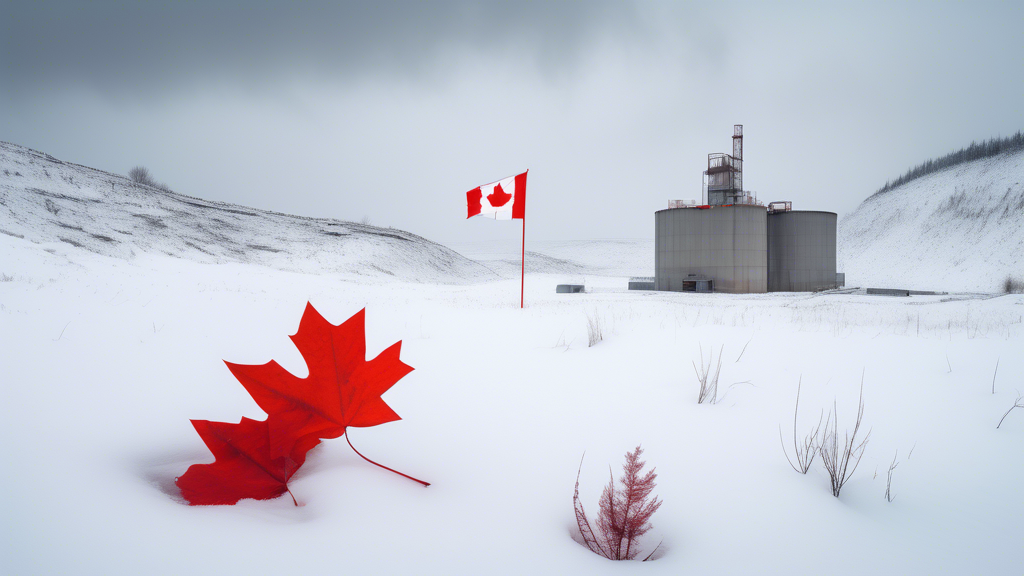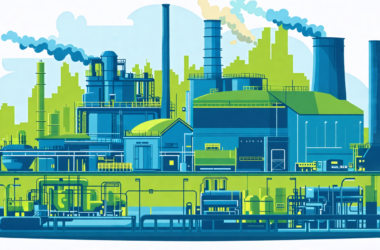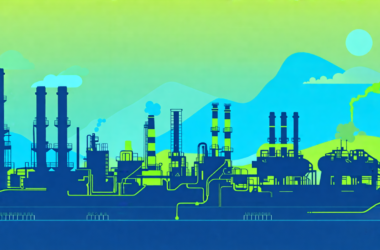Table of Contents Show
Overview of Uranium Mining Regulations in Canada
Canada holds a significant position in the global uranium market, boasting substantial reserves and a well-established mining industry. The extraction of uranium, however, is a complex process with potential environmental and health risks. To mitigate these risks and ensure responsible mining practices, Canada has implemented a comprehensive framework of regulations governing uranium exploration, extraction, processing, and transportation.
Regulatory Bodies and Key Legislation
Several key players contribute to the regulatory landscape of uranium mining in Canada. The Canadian Nuclear Safety Commission (CNSC) is the primary regulatory body responsible for overseeing all aspects of the nuclear fuel cycle, including uranium mining and milling. Other crucial entities include:
- Federal government departments like Natural Resources Canada and Health Canada
- Provincial and territorial governments
- Indigenous communities and organizations
The regulatory framework is built upon a foundation of federal and provincial legislation, with the following acts playing a central role:
- Nuclear Safety and Control Act (NSCA): This federal act empowers the CNSC to regulate nuclear facilities and materials, including uranium mines and mills.
- Environmental Assessment Act (EAA): The EAA mandates environmental assessments for proposed uranium mining projects to evaluate potential environmental impacts.
- Provincial Mining Acts and Regulations: Each province and territory has its own mining legislation that governs aspects such as licensing, land use, and environmental protection.
Key Stages of Uranium Mining Regulation
The regulatory process for uranium mining in Canada encompasses several distinct stages, each with its own set of requirements and considerations:
Exploration and Project Development
Before commencing exploration activities, companies must obtain the necessary permits and licenses from the relevant authorities. Environmental studies and community consultations are typically required during this phase to assess potential impacts and address concerns.
Environmental Assessment and Licensing
For proposed uranium mines, a comprehensive environmental assessment is mandatory under the EAA. This assessment evaluates potential effects on the environment, including air and water quality, biodiversity, and human health. The CNSC also conducts its own rigorous licensing process, which involves a thorough review of the project’s safety, security, and environmental protection measures.
Construction, Operation, and Decommissioning
Once a uranium mine is operational, it is subject to ongoing monitoring and inspections by the CNSC and other regulatory bodies. This includes regular environmental monitoring, safety audits, and compliance with waste management protocols. Decommissioning plans must also be established to ensure the safe and environmentally responsible closure of the mine at the end of its lifespan.
Indigenous Engagement and Community Involvement
Recognizing the importance of Indigenous rights and community involvement, the Canadian government and regulatory bodies emphasize meaningful engagement with Indigenous communities throughout the uranium mining process. This includes consultation on exploration activities, environmental assessments, and impact benefit agreements.
Environmental Protection and Waste Management
Environmental protection is a paramount concern in uranium mining regulations. Stringent measures are in place to prevent water contamination, minimize air pollution, and protect sensitive ecosystems. Uranium mine waste management is subject to rigorous regulations to ensure long-term safety and environmental protection. This includes the safe storage and disposal of tailings, which are the waste materials left over after uranium extraction.
International Commitments and Best Practices
Canada actively participates in international efforts to promote responsible uranium mining practices. The country is a member of the International Atomic Energy Agency (IAEA) and adheres to its safety standards and guidelines. Canadian uranium mining companies often implement best practices and technologies to minimize environmental impacts and ensure worker safety. This includes measures like using advanced water treatment systems and employing strict radiation protection protocols.
Challenges and Future Directions
Despite Canada’s comprehensive regulatory framework, challenges remain in ensuring the long-term sustainability of uranium mining. These challenges include addressing legacy environmental issues from past mining activities, managing the long-term storage of mine waste, and continuously improving environmental protection measures. The future of uranium mining regulations in Canada is likely to involve ongoing efforts to enhance environmental protection, strengthen community engagement, and adapt to evolving technologies and best practices. The government and regulatory bodies are committed to ensuring that uranium mining activities are conducted in a safe, responsible, and sustainable manner.










